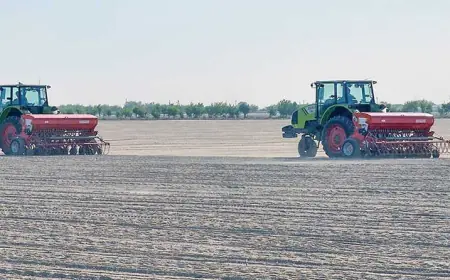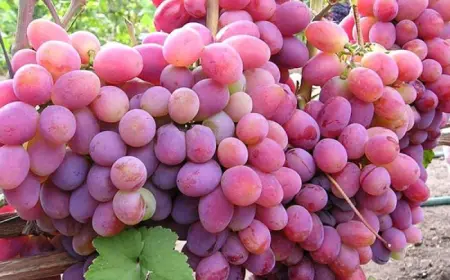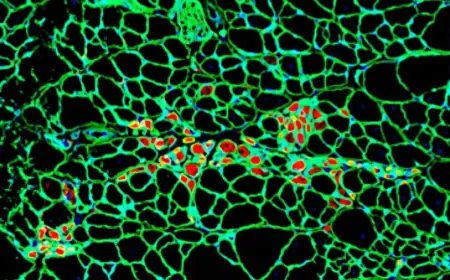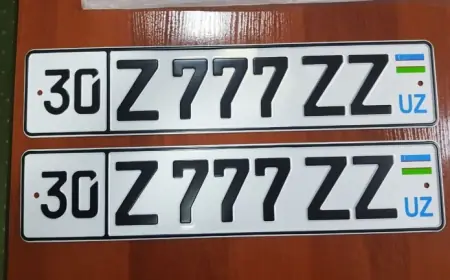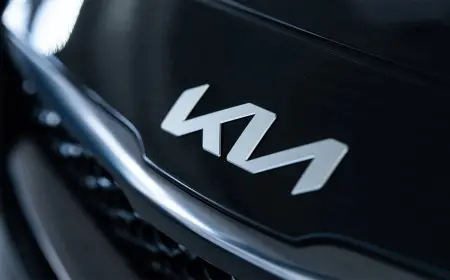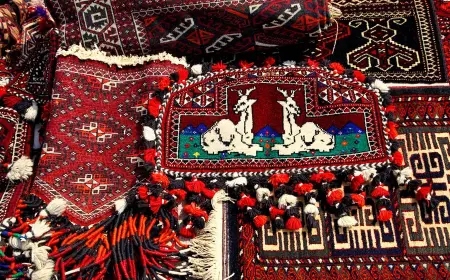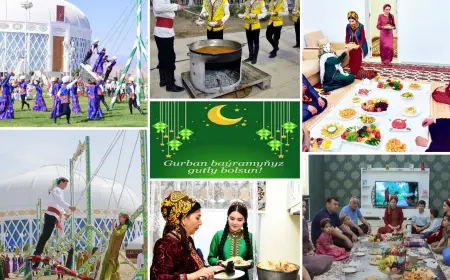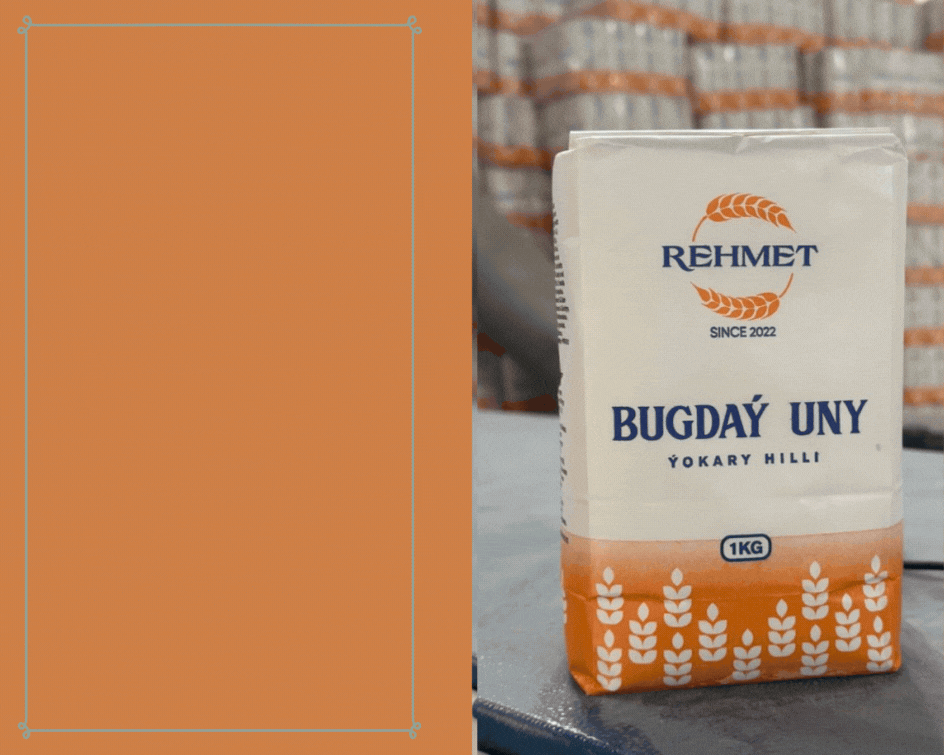Firuz Gate of Soltangala — The Silent Witness of Merv’s Glorious History
The ancient Firuz Gate located on the southwestern side of Soltangala is an inseparable part of Merv’s rich history. It is one of the monuments that held great significance in the Middle Ages in terms of trade, defense, and urban planning. Archaeological excavations show that it was important not only from a construction standpoint but also in economic and military strategy. Changes in the gate’s structure, the construction of semicircular towers, and minted coins closely testify to Merv’s development in the 13th century and its restoration after the Mongol invasions.
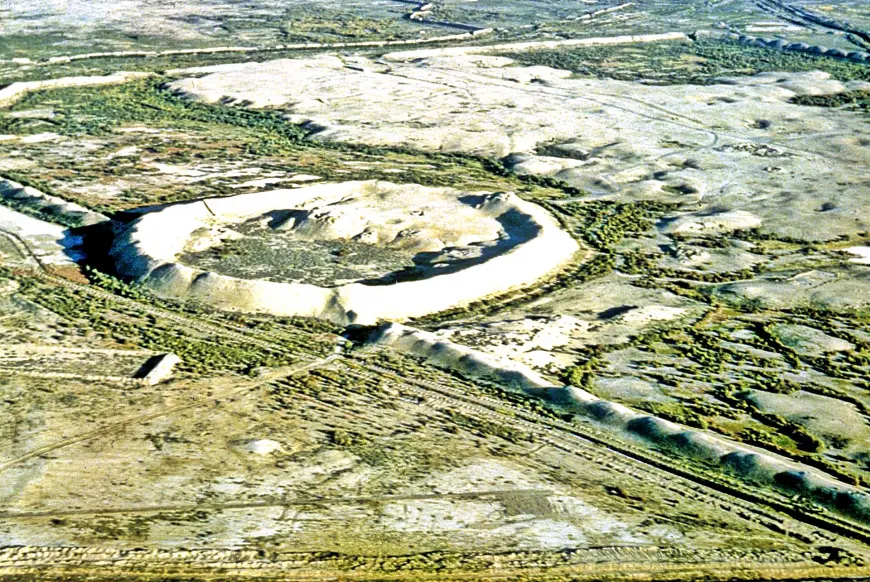
Soltangala’s Firuz Gate — The Silent Witness of Ancient Merv’s Glorious History
The ancient Firuz Gate on the southwestern entrance of Soltangala is an inseparable part of Merw’s rich history. It was one of the monuments of great significance in the Middle Ages, in terms of trade, defense, and urban planning. Archaeological excavations indicate it played a crucial role not only architecturally, but also economically and militarily. Structural modifications, semicircular towers, and minted coins testify to Merv’s 13th‑century development and its post‑Mongol restoration.
Strategically located on Merv’s western wall, the gate originally opened onto a straight and wide road—one of the key arteries of the Silk Road, connecting to caravan routes to Sarakhs and Abiward. Thus, the gate carried both defensive and commercial‑transit importance.
Initially built as a semicircular tower with a 28‑meter diameter, the gate’s roadway inside stretched 36 m in length and 6 m in width, aligning perfectly with the city's central artery—evidence of a planned urban layout.
Defense‑oriented features were integral: in the 11th–12th centuries, elbow‑turn entrances were introduced to hinder direct cavalry charges into the city. Semicircular niches and thresholds further disrupted enemy horse movements—an advanced military strategy.
Firuz Gate was destroyed and rebuilt several times: first demolished by Arslan Argun in the 11th century, then thoroughly restored under Sultan Sanjar. In 1221 it was destroyed by the Mongol invasion, but re‑erected in the late 13th century.
These facts are corroborated by archaeological finds. In 1990 excavations uncovered 59 silver dirhems minted in the 1280s, attributed to Merv’s official mint (zikgahana). These coins reflect not only currency use but also the city's economy, restoration efforts, and state finances.
Burnt door remnants, iron sheets, brick structures, and stones for military fortification were also unearthed. During restoration, the gate’s floor was raised 0.9 m above the previous layer, and a new superstructure was built over the old foundation.
These discoveries represent not only ancient Merv but form a vital part of the Turkmen nation’s rich cultural heritage. Firuz Gate stands as a living example of ancient architecture, warfare, defense, construction, and economic ingenuity of our ancestors.
This southwestern gateway of old Merv is more than stone—it is a silent guardian preserving millennia of recorded events, developments, and collapses. The monument holds a special place in preserving, researching, and promoting Turkmenistan’s cultural heritage to future generations and the world.




